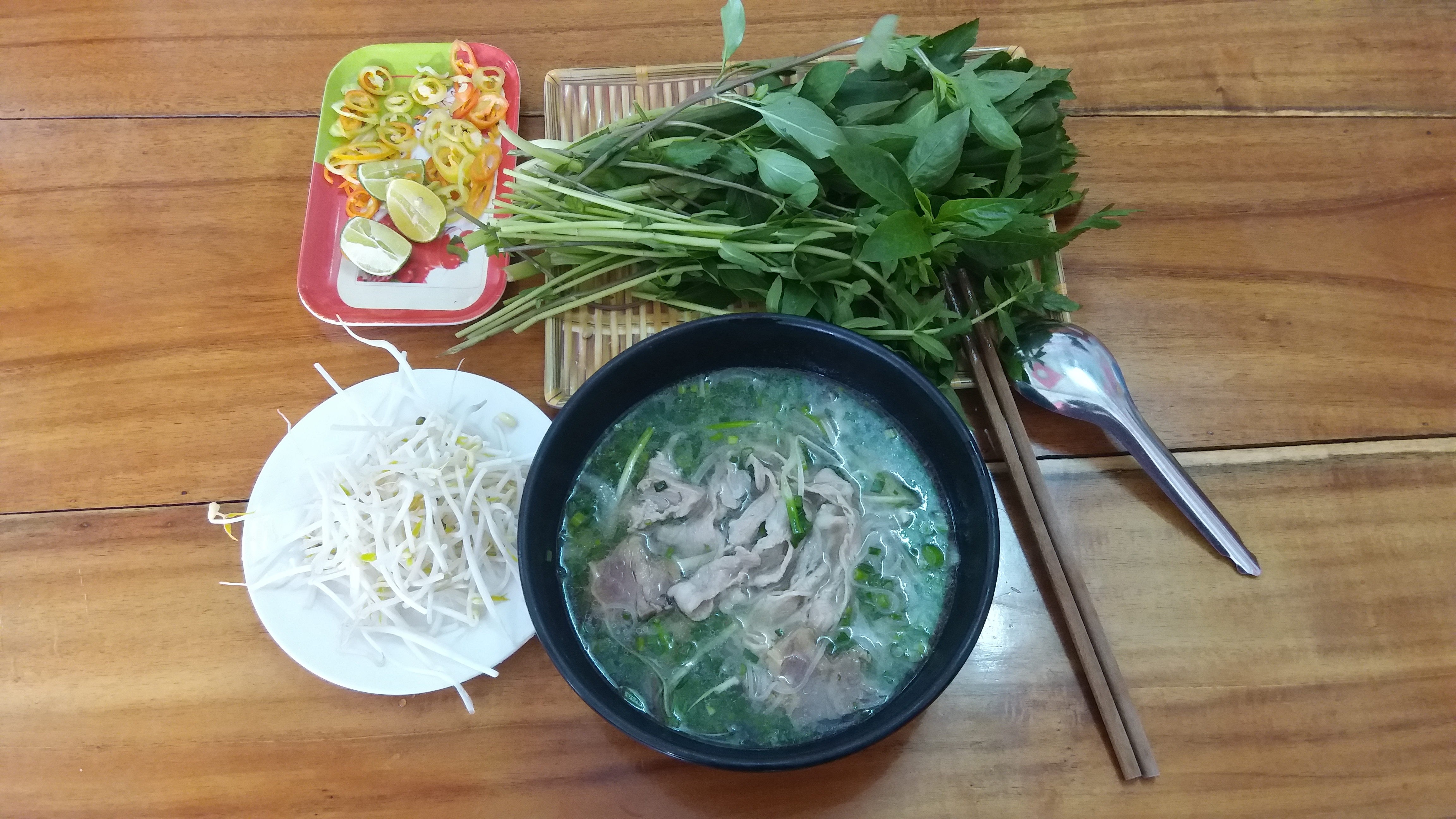I’m somewhat objective in any food discussion, having grown up in Canada, where the food is pleasant but not outstanding, and certainly not renowned on the international food stage.
Have you ever heard of a Canadian restaurant overseas? Me neither.
Typically, no cultural topic stirs up an emotional debate quicker than food. Many of us think our native country’s cuisine is best and will debate it until our last gasp. I settled on Vietnamese food as my favourite years ago but other countries have me slobbering over their offerings including Peru, Thailand, Indonesia, France, and Italy.
So then, why is Vietnamese food at the top of my list?
1. Taste
I can only recall eating a handful of boring meals in Vietnam - delicious food is found everywhere. Most places are run by entrepreneurs who live from their passion for food, using handed-down recipes and cooking techniques, and Vietnamese customers are knowledgeable and fussy diners.
Sweet, salty, spicy, sour, bitter, and pungent all figure prominently in Vietnamese cuisine so there is a dish available for every craving and mood.
2. Variety
Vietnamese cuisine dates back well over 1,000 years, morphed and modified over the centuries into what we have today. You could practically go forever and not repeat a dish, that’s how varied the offerings are.
All told, there are over 3,000 dishes in the entire Vietnamese food arsenal, so you could literally go for years without repeating the same dish.
3. Personalized flavours
Many dishes in Vietnam are prepared with only the herbs and spices required to create the basic version, while using minimal spicy chili peppers or none at all. It’s then easy for diners to use fresh chilis, chili sauces, pastes, and spicy oils served on the side to dial up just the right amount of heat based on personal preferences.
No need to order mild, medium, or spicy, leaving the fate of your dish up to the servers’ and chefs’ interpretations of what level of spiciness you want, as is often the case with many cuisines.
The range of condiments offered is staggering - not just chili and soy sauce-based, but pickled onions, daikon radish, carrots, and garlic, then fresh raw garlic, salt, pepper, and lemon, kim chi, pickled or fresh mustard greens, soy bean sprouts, crispy fried onions and shallots, lemon wedges, fish sauces galore, and plum sauce.
Then comes a barrage of fresh herbs depending on the dish, including perilla leaves, coriander, chives, basil, cilantro, and mint. I’ve probably missed a few on that list!
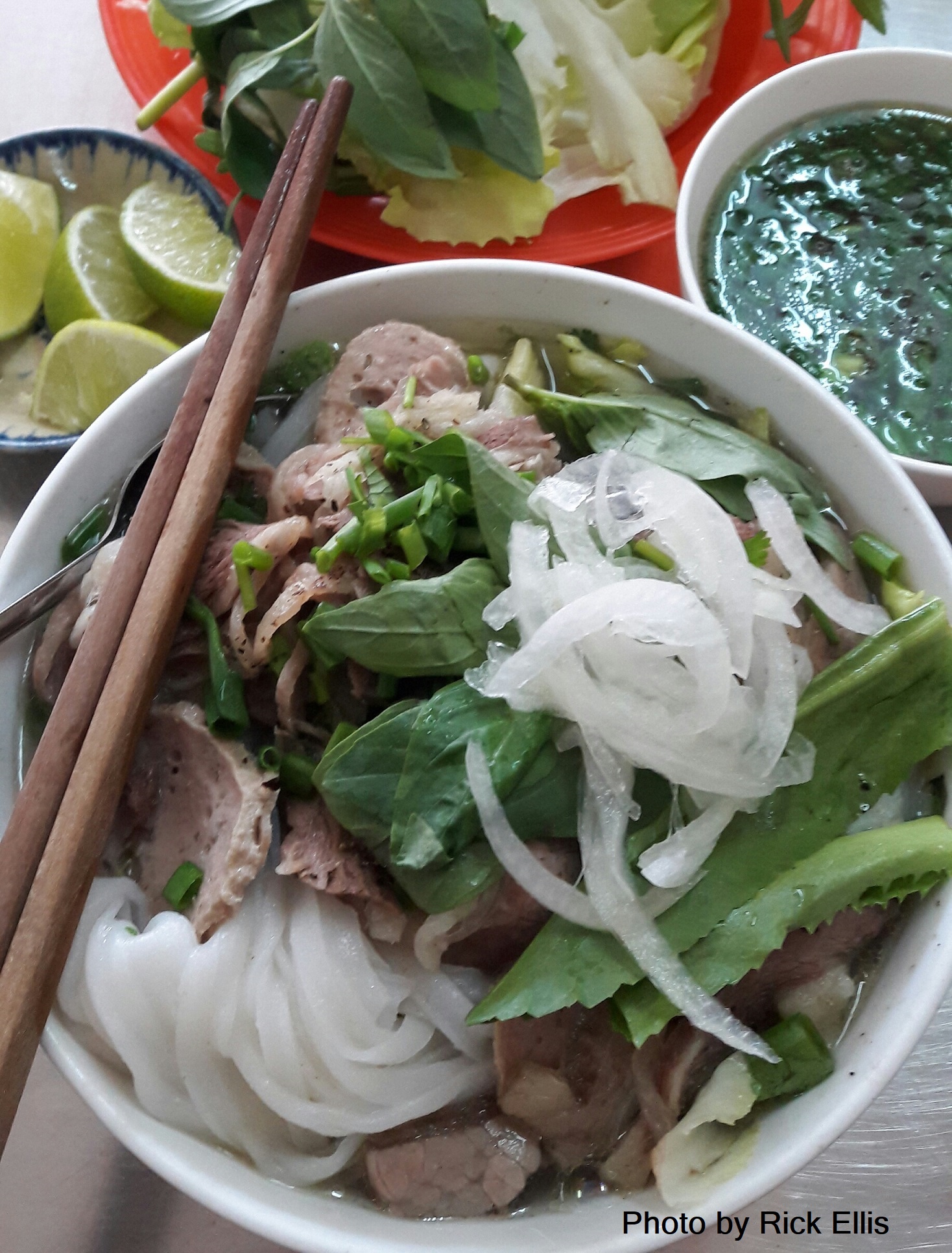
4. Foreign influence
Pure indigenous food is great to try wherever we go, but what about when we crave a dish with an overseas twist to it?
Vietnamese cuisine has a ready supply - heavily influenced by Chinese, French, and other cuisines.
Sizzling steak and eggs (bo ne) for breakfast? Got it! Various hams, sausages, and head cheeses? Yup! Pate? You can have it on every sandwich if you wish.
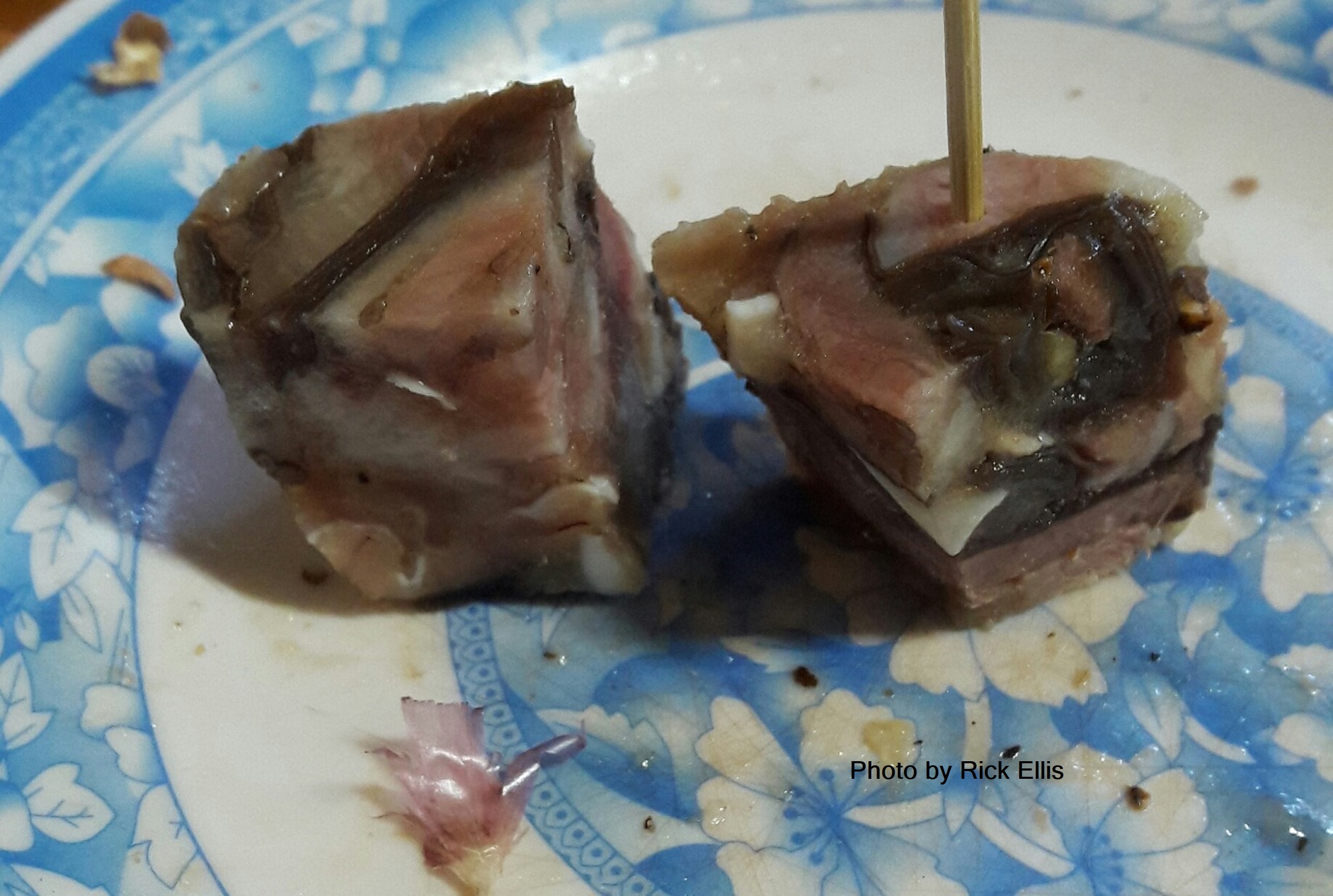
French-style meatballs are common in pasta dishes and Vietnamese xiu mai dumplings are mouth-watering. Bread? A Vietnamese banh mi baguette is a crunchy, crackly version - lighter and easier to chew than the original French creation.
How about beef stew on a cool day? Ginger and lemongrass make the local bo kho a knockout! Need something pizza-like? Banh trang nuong is the grilled rice paper treat somewhere in between a Mexican quesadilla and an Italian pizza.
Best is you don’t have to pay exorbitant prices for dishes made from fancy imported ingredients because many Vietnamese versions of foreign dishes use tasty local ingredients costing a fraction.
5. More than just rice
Many Asian cuisines feature rice, rice, and more rice - until it’s coming out of your ears. In Vietnam you’ll find endless varieties of noodles - both egg and rice-based, thick, thin, stringy, glass, flat, macaroni as pictured below plus nui (elbow macaroni), then rolled rice-based creations such as banh cuon and banh uot, cute little woven bundles of banh hoi, and turmeric-infused such as mi quang.
You name the noodle, the Vietnamese have it!
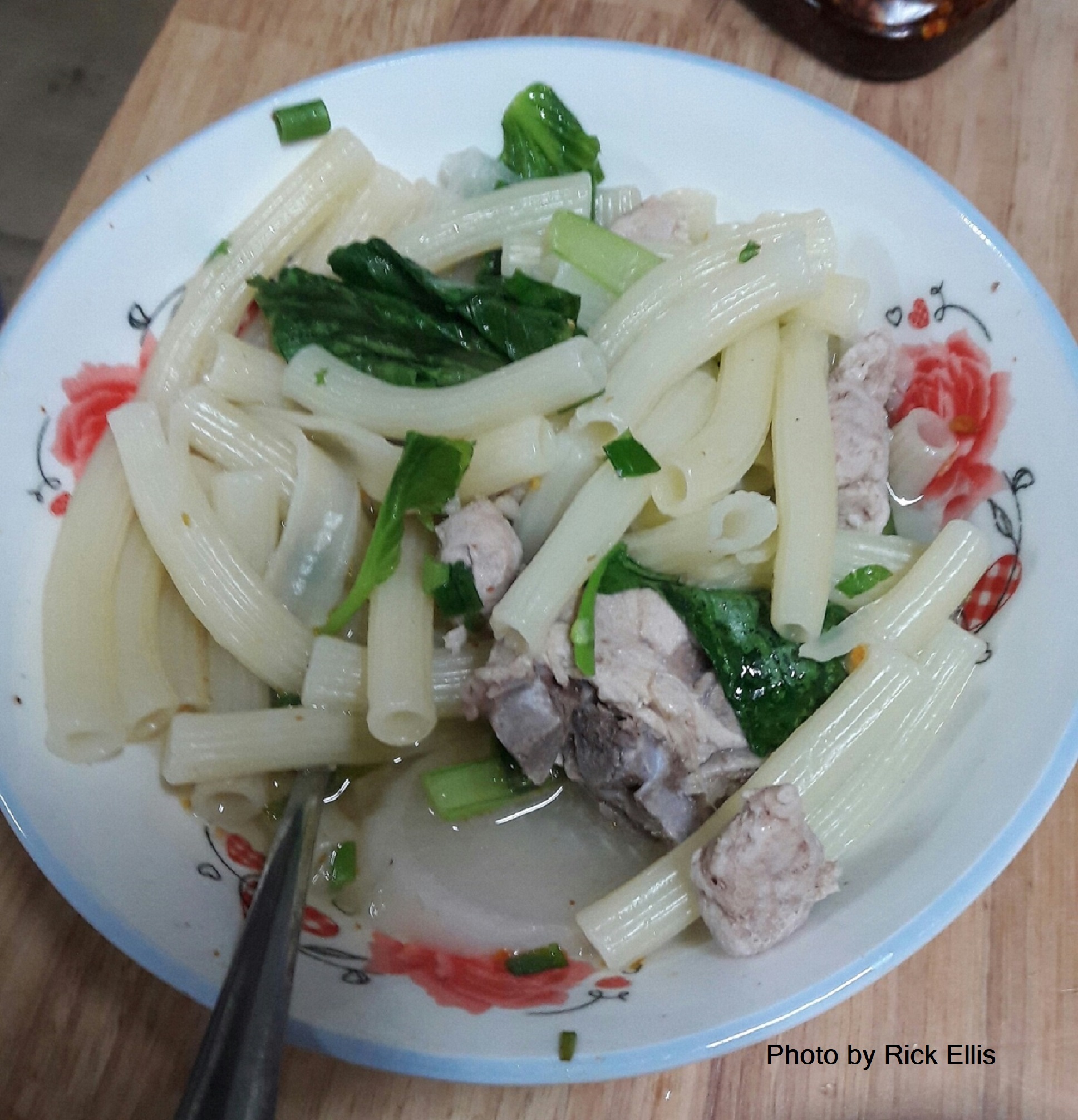
Then come dumplings, mini-pancakes such as banh can or crispy banh khot, wraps like goi cuon (fresh cold spring rolls), sizzling banh xeo crepes, banh gio dumplings, and rolled or grilled rice paper-based concoctions.
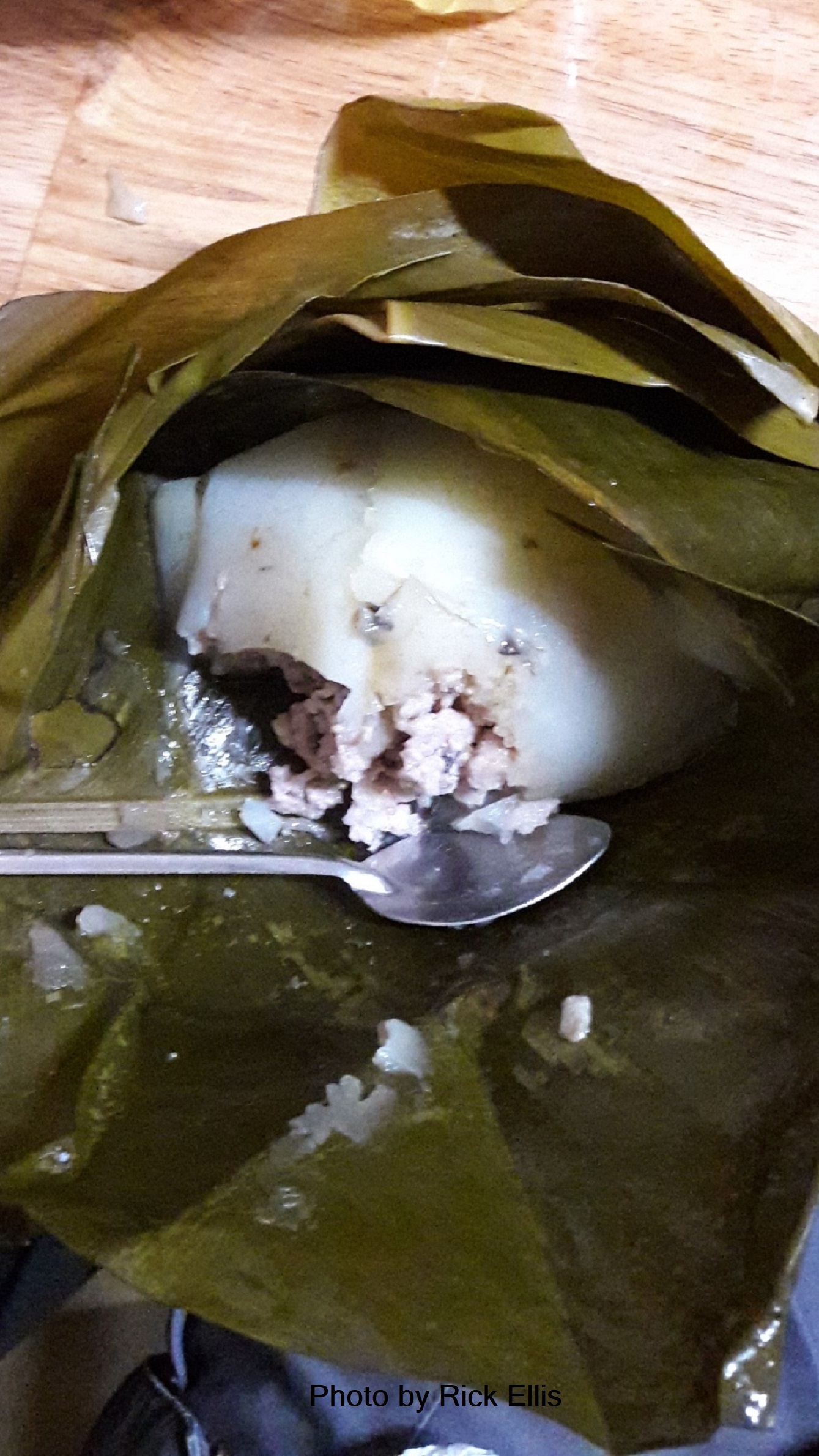
6. Nutritional value
I usually eat in restaurants so I try for a balanced diet - easy to do in Vietnam since most dishes are packed with nutrients. Choose a soup and you’ll get a mound of fresh greens and protein-packed soy bean sprouts on the side.
Go to a typical local com binh dan (working class) restaurant and the steam table will be packed with freshly cooked vegetables of all types.
It’s easy to find vegetarian (chay) food in general in Vietnam, especially during the two days each month when passed loved ones are commemorated by family members.
Vietnamese diners expect fresh offerings, so you’ll almost never see wrinkled, stale, old vegetables or garnishes in Vietnam.
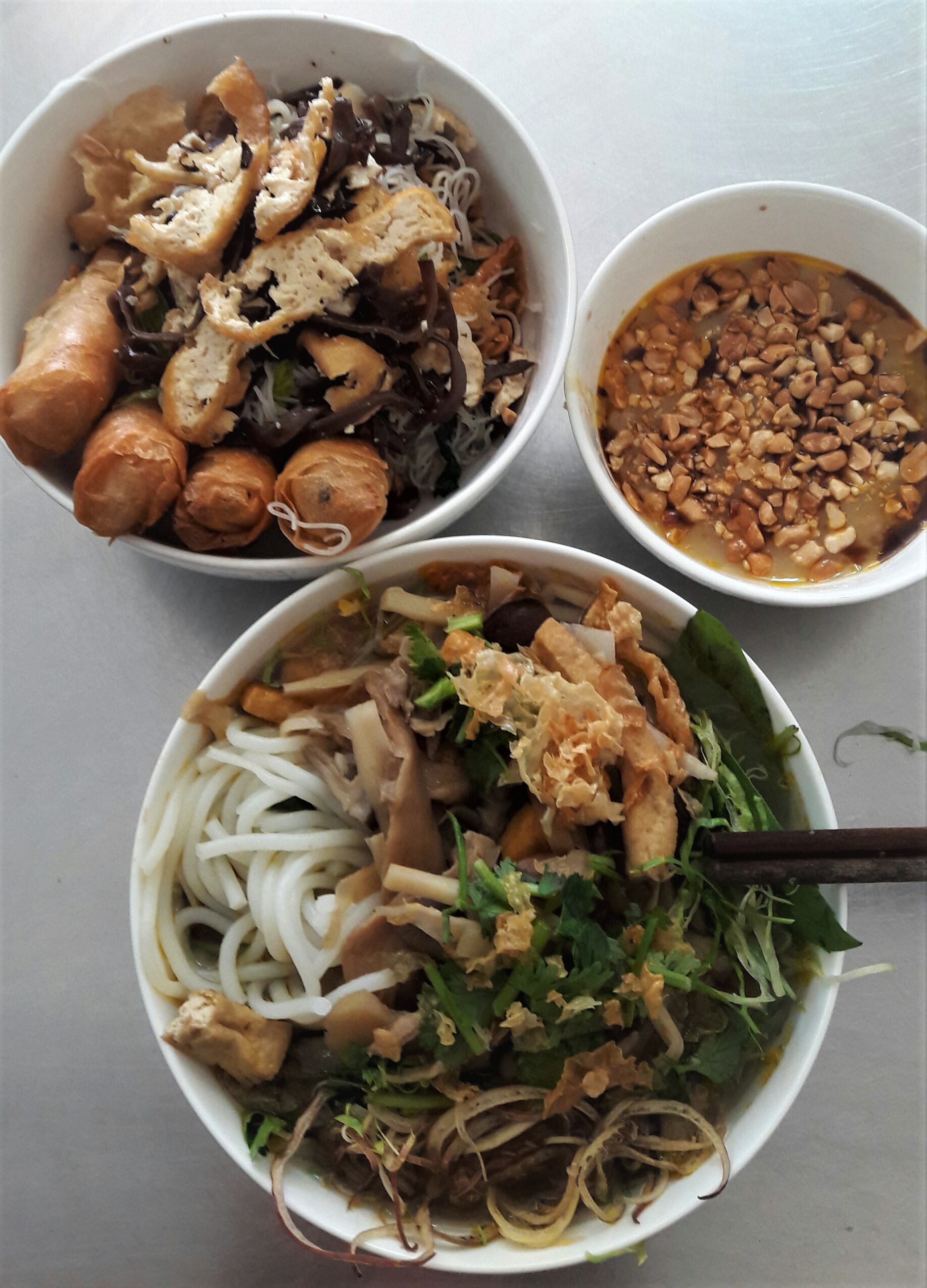
7. Light
Most Vietnamese meals are light yet full of flavour, featuring broths and light sauces that don’t leave you bloated. Soups are eaten by many on a daily basis usually featuring rice or egg noodles and garnished with plenty of fresh vegetables.
Absent are heavy, creamy, rich sauces that end up putting you to sleep and heavy fried meats and vegetables found elsewhere. Also, Vietnamese people are usually more inclined to marinate and grill meat and seafood rather than fry them in oil.
Here is a divine starter, sup mang cua (asparagus crab soup), balancing the crab, asparagus, and corn perfectly - light and tasty.
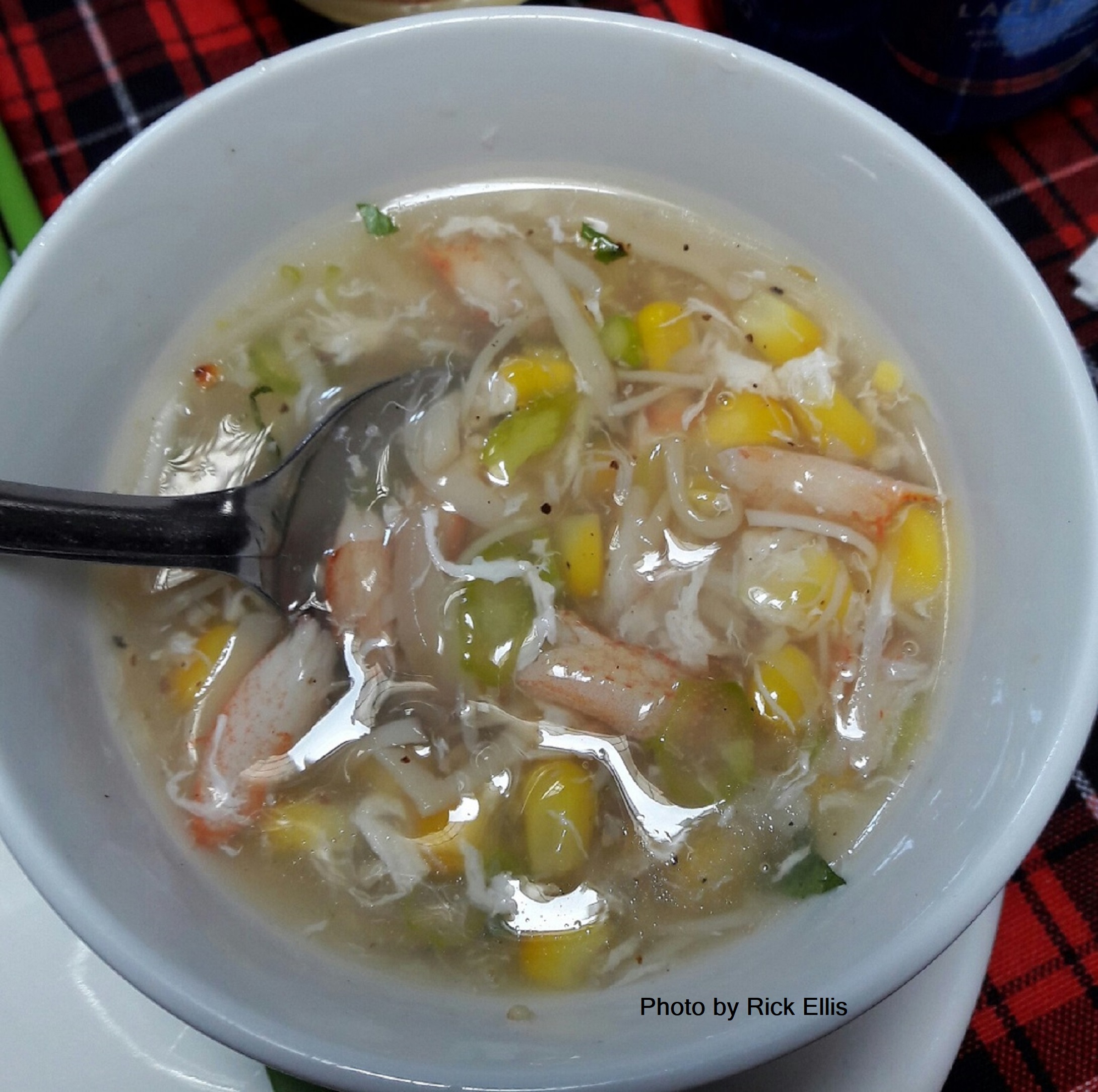
Hotpot dishes are cooked in broth such as this lau ca tam (sturgeon), another example of a light broth-based dish that will knock your socks off!

8. Low cost
Price only matters if local food passes the other tests. What good is cheap food if it’s lousy? In Vietnam we get some of the best and cheapest food around, a tough combination to beat!
I usually eat for about VND100-120,000 per day (US$4.30-5), and I eat well – freshly prepared dishes with mostly non-processed ingredients. I typically eat all meals outside with breakfast typically costing between VND15,000 and VND30,000, lunch VND30,000 to VND50,000, and a light dinner somewhere in the same ranges.

If you prefer, there are upmarket restaurants charging VND200,000-300,000 ($9-13) and much more, so the range is large enough that you can choose just what you desire at the price you are willing to pay.
9. Anytime
Typically, Vietnamese people start the day with a hearty soup or banh mi baguette, then eat rice at lunchtime and a light dish in the evenings.
Meals aren’t cast in a concrete schedule in Vietnam. You can find most dishes at any time of the day or evening. It drives me crazy when I travel to some countries only to hear that some dishes are only available at specific times of the day.
Feel like bun rieu cua crab noodle soup for breakfast? No worries, I have it often in the morning. How about in the evening? Available nearby. How about a banh mi in the evening instead of the morning? Just look to your left or right on any main street and you’ll see a banh mi stand. Barbecued bun thit nuong or banh uot pork with noodle for breakfast? Easy to find!
10. Banh mi
This tasty baguette sandwich deserves a point all on its own because it’s the national snack - light, tasty, varied, and cheap at between VND10,000 and VND20,000 (US$0.45-$0.90) at a typical street stand or bakery.
Up-market versions with lots of meat and other fillings are available at prices up to VND50,000 if you’re really hungry for a feast.
The banh mi comes in seemingly endless varieties using different ingredients and condiments. It’s quick and cheap, has both pickled and fresh vegetables, so when you’re on the go it’s just perfect.
What gets your taste buds going?
Each of us has a different set of boxes to tick when determining our most preferred foods, that’s the beauty of it all.
The best way to determine your favourite cuisine? Try things you’ve never had in international restaurants and on trips abroad. Close your eyes and stab at the menu! Sure, you’ll blow a few choices, but you’ll also open your mind to different dishes and cooking styles.



